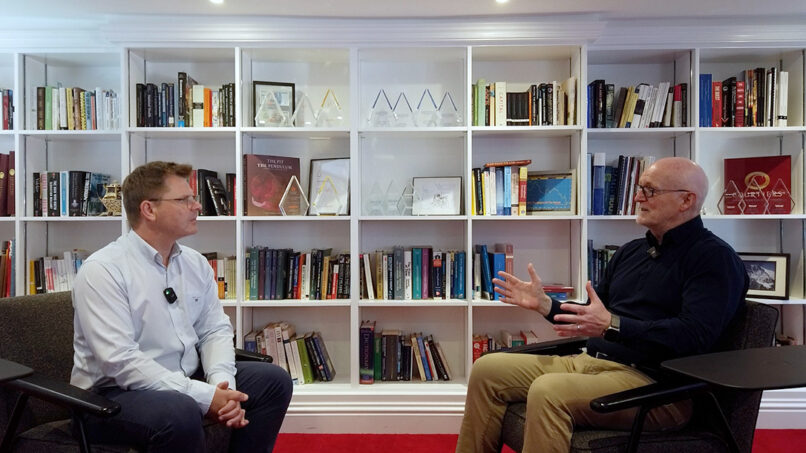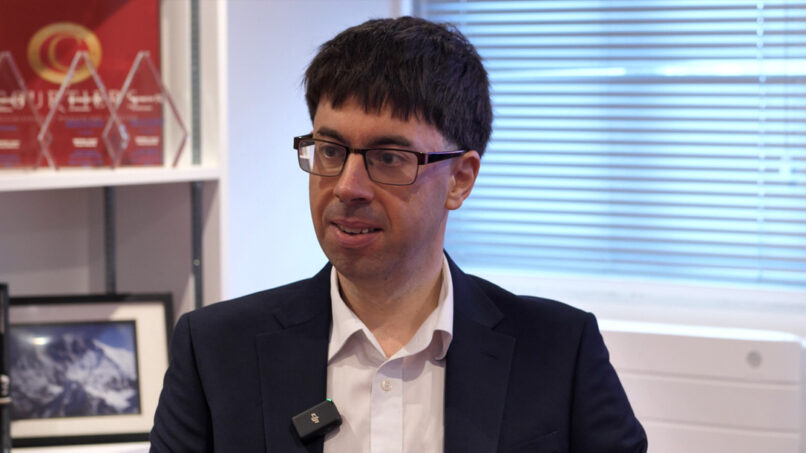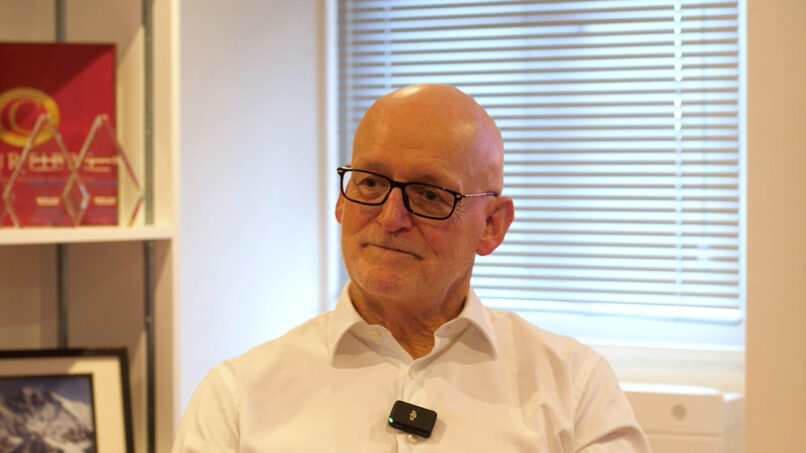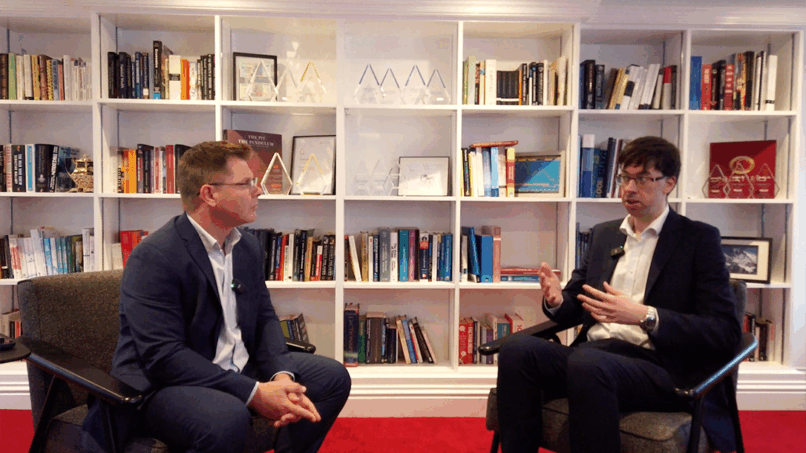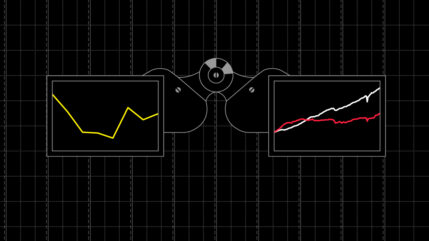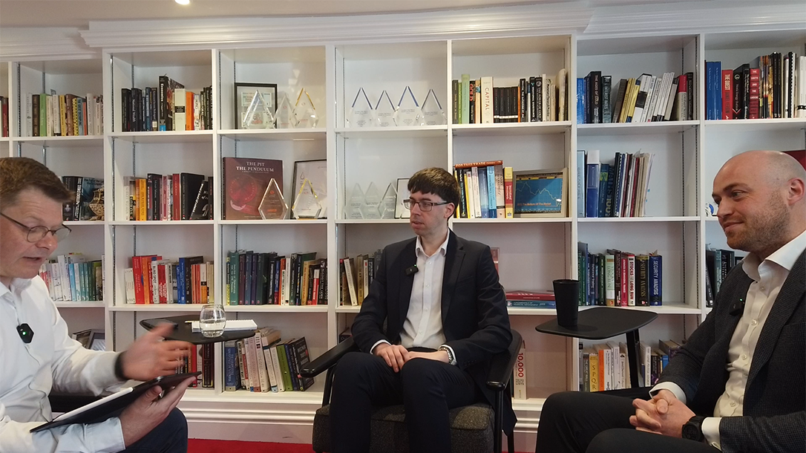Investing all your money in one company would be incredibly risky – or brave, or overoptimistically ambitious…call it what you like, but you can’t call it a strategy.
Diversification means investing in a broad range of assets to build wealth steadily with a constant focus on reducing risk along the way, while monitoring investments and looking out for new opportunities. Courtiers’ investment strategy and the Courtiers Funds are developed and managed in a way that ensures they remain well diversified.
What is risk?
Diversification aims to mitigate idiosyncratic risk, which is the risk inherent to a particular company, say the risk of losing a big contract. This could lead to a fall in its share price, cuts or cancellation of its dividends, or even the collapse of the company, all having potentially serious implications for investors.
This is opposed to market risk, which you can’t diversify away because every company is exposed to it. Examples include a major recession or higher interest rates, which affect everyone in the economy to some extent and to which individual companies and different asset classes have their own sensitivities.
Various ways to diversify investments
Geographically
Diversifying geographically can protect funds in the event of a major economic downturn in any one region. 36.3% of our Global Ex-UK Equity Income Fund’s assets are in North America, 13.5% in Japan and 33.1% in Europe.
In addition to holding UK assets, the Courtiers Multi-Asset Funds provide investors with global exposure, including, around 18% of assets in the US and positions in Japan, Germany, France with smaller positions in other countries.
By sector
Diversifying across sectors reduces risk in the event of underperformance in any one sector. By way of example, the Courtiers UK Equity Income Fund’s two highest weightings by sector are Industrials and Consumer Cyclical making up 14.9% and 15.8% of its value respectively.
Number of holdings
The more individual equity holdings a fund has the greater the degree of diversification. The Courtiers Equity Funds typically have between 30 and 40 individual company shares.
The Courtiers UK Equity Income Fund and the Courtiers Global (ex-UK) Equity Income Fund hold 32 stocks and 30 stocks, respectively. The Courtiers Ethical Value Equity Fund currently holds 40.
When the number of stocks goes significantly above 30, the additional diversification benefits of adding another stock to a fund become negligible or far smaller. Having a large number of stocks also limits the potential of the portfolio to outperform the market.
Equal Weighting
The Courtiers Equity Funds are equally weighted, which means that each fund has a specific target for the value of each individual stock as a percentage of the total fund. For the Courtiers UK Equity Income and Global (ex-UK) Equity Income Funds the target weighting for each individual stock is 3% of the fund’s total value. The target weighting for the Ethical Value Equity Fund is 2.5%. Should a stock appreciate so its value exceeds 4% of the fund’s value, the policy is to sell some of the stock to return it to the fund’s target weighting, with the proceeds used to top up the lowest weighted stocks. Rebalancing the funds in this way ensures that the natural diversification provided by equal weighting is maintained.
Asset classes
The theory behind the advantages of a fund being diversified across different asset classes (the main ones being equities, bonds, and alternative investments such as infrastructure and real estate) is that each asset class behaves differently, reducing volatility and smoothing out returns in a range of market conditions. The Courtiers Multi-Asset Funds hold all the asset classes mentioned above.
The mix of equities and non-equities held by each fund depends on its mandate. The Total Return Cautious Risk Fund can invest up to 60% in equities, the Total Return Balanced Risk Fund up to 85%. There is no limit on equity exposure for the Total Return Growth Fund, which typically invests more than 85% in equities.
Although the previous relationship between equities and bonds, where bond prices and stock prices were inversely correlated – when one rose the other fell and vice versa – has broken down in recent years as a result of higher inflation and higher bond yields reducing bond prices, holding bonds alongside other asset classes still reduces volatility and overall portfolio risk.
Having exposure to infrastructure funds within the Courtiers Multi-Asset Funds is another form of diversification that delivers specific benefits to investors, with inflation protected dividend yields ranging between 5.5% and 7.4%. The same can be said of real estate although to a lesser degree.
Summary
Well-diversified funds are an important aspect of Courtiers’ investment strategy and fund construction – mitigating risk while helping investors achieve their financial goals.


